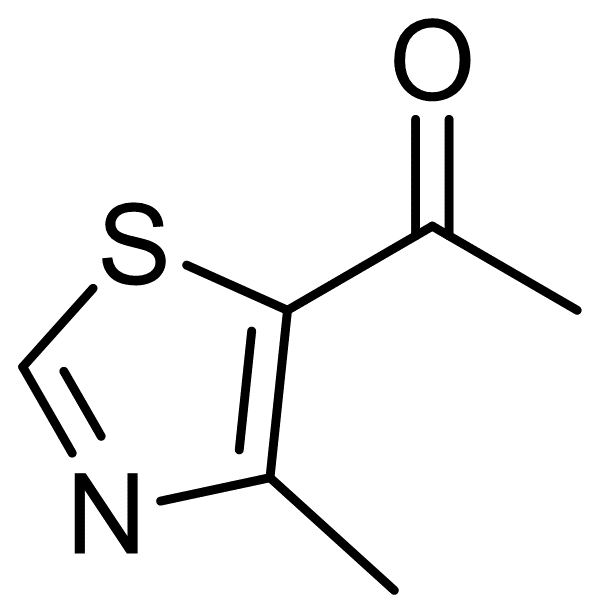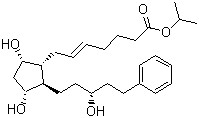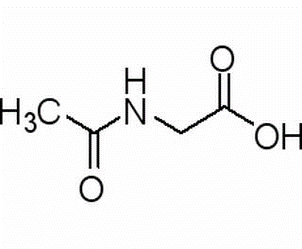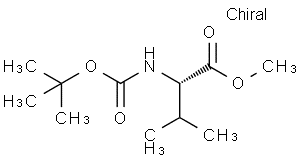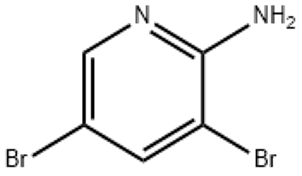2 6-Dichloropyridin-3-amine(CAS# 62476-56-6)
| Risk Codes | R36/37/38 – Irritating to eyes, respiratory system and skin. R43 – May cause sensitization by skin contact R41 – Risk of serious damage to eyes R22 – Harmful if swallowed |
| Safety Description | S26 – In case of contact with eyes, rinse immediately with plenty of water and seek medical advice. S36/37/39 – Wear suitable protective clothing, gloves and eye/face protection. S37/39 – Wear suitable gloves and eye/face protection S36 – Wear suitable protective clothing. S28 – After contact with skin, wash immediately with plenty of soap-suds. |
| UN IDs | 2811 |
| WGK Germany | 3 |
| HS Code | 29333990 |
| Hazard Class | IRRITANT |
| Packing Group | Ⅲ |
Introduction
3-Amino-2,6-dichloropyridine is an organic compound. The following is an introduction to its nature, use, preparation method and safety information:
Quality:
3-Amino-2,6-dichloropyridine is a solid with a white to pale yellow color. It is insoluble in water at room temperature but can be soluble in some organic solvents such as ethanol and ethers. It has a certain volatility.
Use:
3-Amino-2,6-dichloropyridine is an important intermediate in organic synthesis. It can also be used as an agricultural chemical such as pesticides, herbicides, and rhizome treatments.
Method:
One way to prepare 3-amino-2,6-dichloropyridine is obtained by reacting 2,6-dichloropyridine with ammonia. The reaction can be carried out in the presence of substitute reagents or catalysts.
Safety Information:
3-Amino-2,6-dichloropyridine is irritating and harmful. Appropriate personal protective equipment such as gloves and glasses should be worn during handling. Avoid contact with skin, eyes, and respiratory tract. During use or storage, attention should be paid to fire prevention and avoid contact with oxidants. If ingested or inhaled, seek medical attention immediately.



